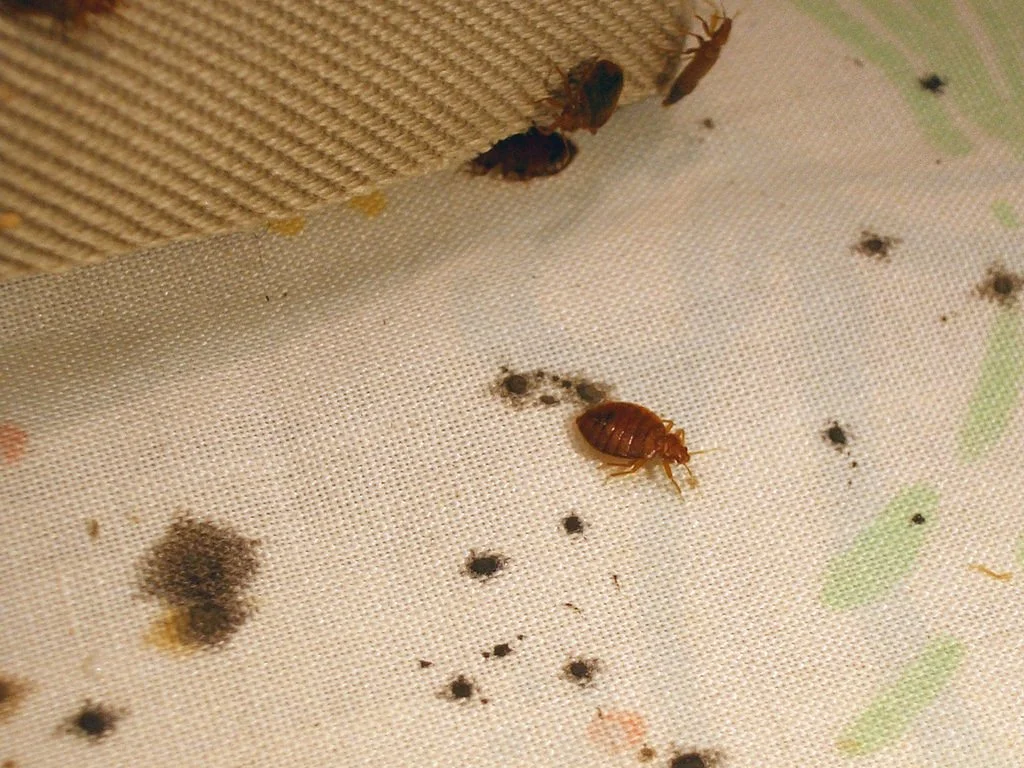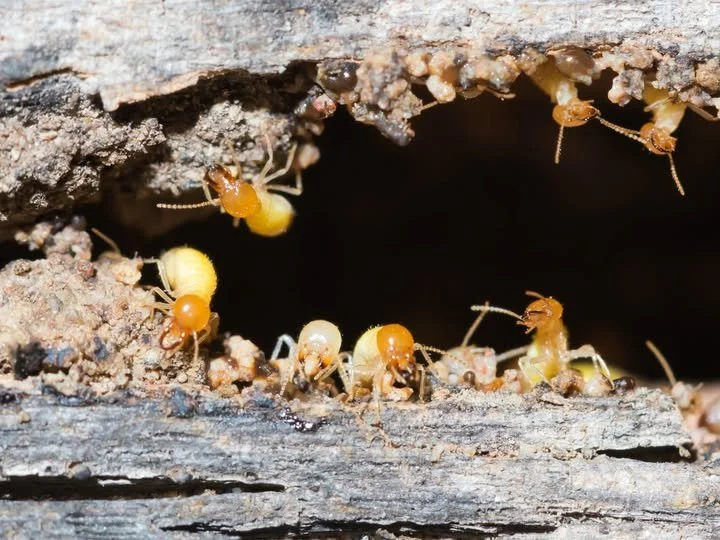Our Pests
-

Spiders
Spiders are common in Australian homes. Most are harmless and help control insects, but some, like the Redback and Funnel-web, can be dangerous.
They prefer dark, hidden areas like attics and basements for nesting and can breed quickly, causing infestations with webs and sightings.
Effective control includes cleanliness, sealing gaps, and professional assistance.
-

Ants & Cockroaches
Ants and cockroaches are challenging pests to manage. Ants seek food and water, particularly sweets and proteins, often infesting kitchens.
Cockroaches prefer warm, damp areas and can contaminate food and surfaces. They reproduce swiftly, making early detection crucial.
Regular inspections and sealing openings are essential to prevent infestations. Consulting us directly for tailored solutions is recommended.
-

Rodents
Rodents, including species such as rats and mice, are common pests that can pose significant challenges for households and businesses alike.
Preventative measures, such as sealing cracks and gaps in structures and maintaining cleanliness in outdoor areas, are crucial to deter these pests.
Proper management not only protects your health but also maintains the integrity of your property.
-

Bed Bugs
Bed bugs are small insects that feed on blood and cause discomfort. They are hard to control because they hide in mattresses, bed frames, and furniture.
While they don’t spread diseases, their bites can lead to itchy welts and allergic reactions, disrupting sleep and daily life.
It's best to use pest control services for complete removal, as bed bugs are tough and may need several treatments.
-

Stored Food Pests & Carpet Moths
Carpet moths, especially the common clothes moth, harm natural fibers in carpets, clothes, and furniture by feeding on keratin.
Food storage pests, like pantry moths and beetles, affect stored foods such as grains, nuts, and dried fruits.
Taking proactive steps and using professional pest control may be necessary for both types of pests.
-

Ticks
Ticks are small arachnids that thrive in moist, wooded, and grassy areas, making these environments prime locations for infestations.
The greatest risk posed by ticks is the transmission of pathogens that can lead to serious health issues.
Preventing tick infestations requires a combination of environmental management and personal protection strategies.
-

Termites & Timber Pests
-

Wasps
-

Bees
